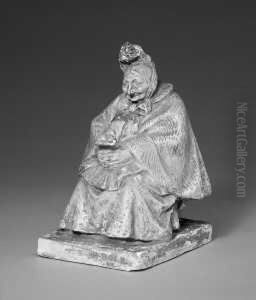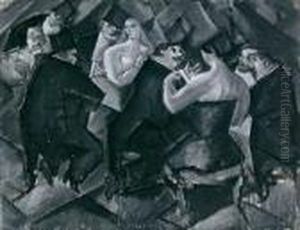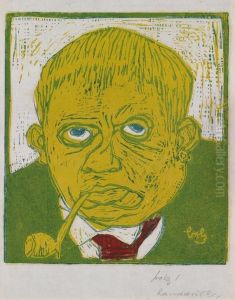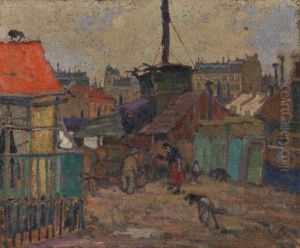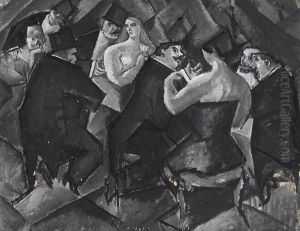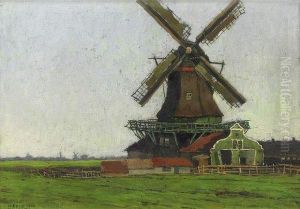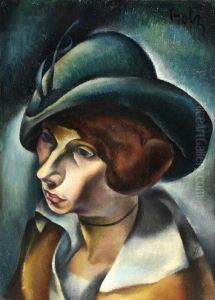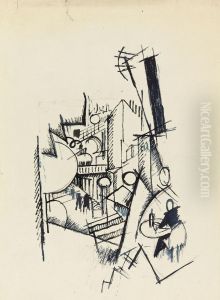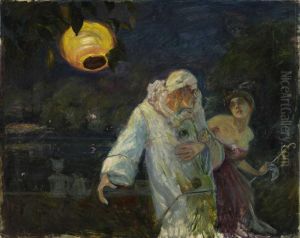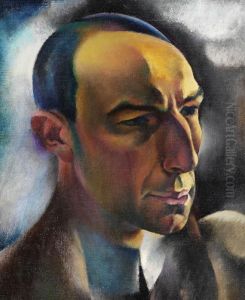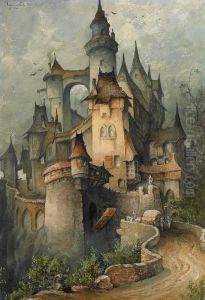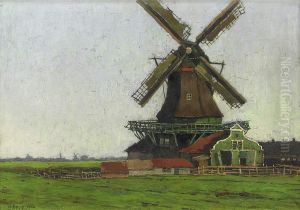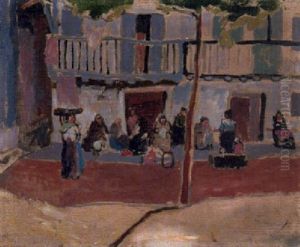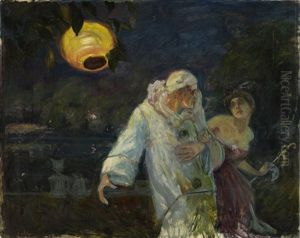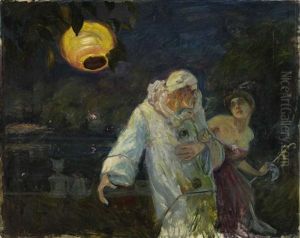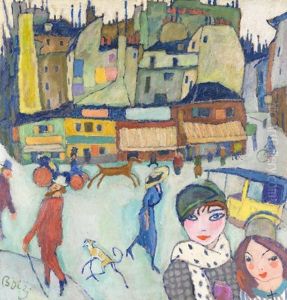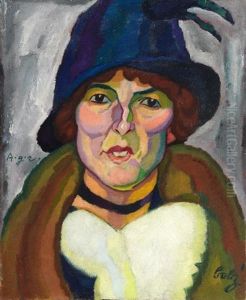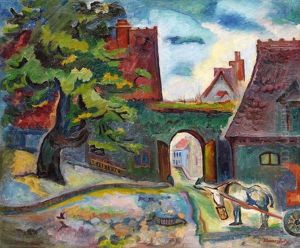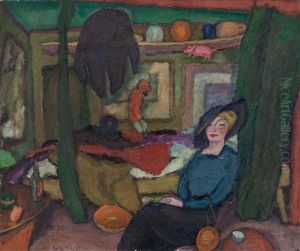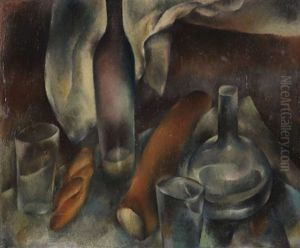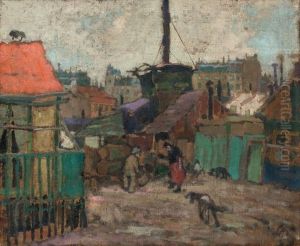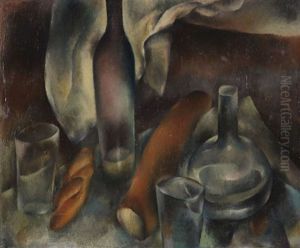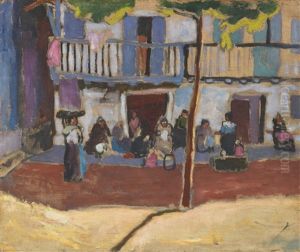Hanns Bolz Paintings
Hanns Bolz was a German painter and graphic artist associated with the avant-garde movement in Munich during the early 20th century. Born in Neustadt, Germany, in 1885, Bolz was a contemporary of artists such as Wassily Kandinsky and Paul Klee, who were also active in the Munich avant-garde scene.
Bolz studied at the Munich Academy of Fine Arts and was influenced by various artistic styles, including Impressionism and Fauvism. His work began to gain recognition in the years leading up to World War I. Bolz was known for his vivid use of color and dynamic compositions, which often incorporated elements of Cubism and Expressionism.
Though his career was short-lived, Bolz made a significant impact on the German art scene. He was a member of the Neue Künstlervereinigung München (New Artist's Association Munich) and later associated with the editorial staff of the avant-garde magazine 'Der Blaue Reiter' (The Blue Rider), which was co-founded by Kandinsky and Franz Marc.
Unfortunately, Hanns Bolz's life and career were cut short by the tragedy of World War I. He served in the German army and died in 1918, leaving behind a small but potent body of work that continues to be studied and appreciated for its contribution to the development of modern art in Germany.
Bolz's paintings are characterized by their experimental nature and his search for a new artistic language that could express the complexities of the modern era. Despite the brevity of his career, Bolz's art remains a testament to the innovative spirit of early 20th-century avant-garde artists.
